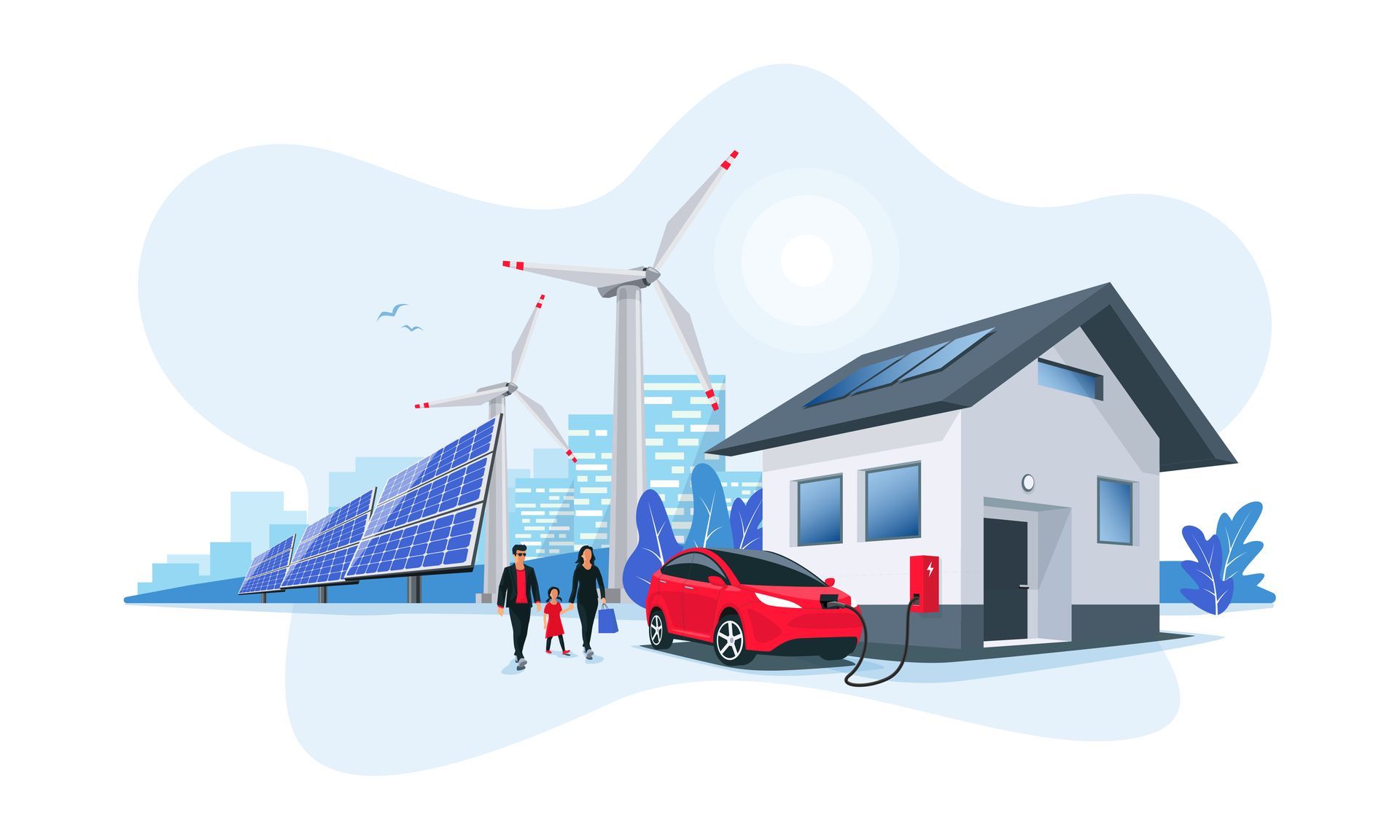Summer Heatwaves Prove Renewable Energy's Resilience in U.S. Power Grid Transformation
The summer of 2024 highlighted a major shift in the U.S. power grid, as extreme heat in California and Texas showcased the essential role of renewable energy. A recent report from the Institute for Energy Economics and Financial Analysis (IEEFA) found that renewables were both dependable and economically viable, reinforcing the move away from fossil fuels.
Grid operators in both California and Texas were able to handle the rising electricity demand, thanks to the rapid expansion of renewable energy sources and the addition of significant battery storage. This development signals a major shift not only in these key power markets but also across the nation, emphasizing the quick pace of the energy transition.
IEEFA analyst Dennis Wamsted emphasized the rapid pace of this change, noting that battery storage in the U.S. has expanded from virtually zero four years ago to over 20,000 megawatts today, with capacity growing monthly. This advancement highlights a fundamental change in the energy landscape.
In Texas, solar energy generated 16 million megawatt-hours from June through August, meeting 11.6% of ERCOT's summer demand, which marked a significant 40% increase compared to the previous year. California has also experienced considerable changes in its energy mix, benefiting from the enhanced reliability of pairing solar power with storage systems.
Although there has been some doubt regarding the reliability of renewable energy, the performance of solar power and battery storage in Texas and California during peak summer heat has proven strong. This season has effectively shown that renewable energy can reliably support the grid during times of high demand, underscoring the ongoing shift in the U.S. toward sustainable energy options.










